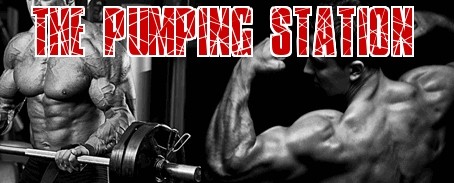Compensatory Acceleration Training and Weightlifting
Fred Hatfield, the first man to break the 1000lb squat and Andy Bolton, the first man to deadlift 1,000lbs, have something in common. Dr. Fred Hatfield gave a name to this training method and called it CAT (compensatory acceleration training).
In Mel Siff's book called "Supertraining" he describes CAT as deliberately trying to accelerate growth through the concentric movement, instead of allowing the weight on the bar to dictate the speed at which the rep is completed. Force is measured with mass and acceleration (Isaac Newton) so Fred Hatfield's CAT theory is to accelerate throughout the movement, no matter what weight is being pushed or pulled.
Fred described it as changing the intent behind performing the movement, focus on acceleration and driving through the movement as fast as you can. Bodybuilders were the first to talk about intention when lifting a weight because of muscle isolation and not just lifting a heavier weight.
Fred once told a story to some of his pupils trying to describe the importance of intent when lifting a weight. He says if you consider that doing a barbell curl for 10 reps is like going to war, then your CNS (central nervous system) is like the general, he tells your muscle fibers when to fire, trying to move the weight as fast as possible through full ROM (range of motion).
Dr. Fred Hatfield's description on what Compensatory Acceleration Training (CAT) is starts by asking us to imagine being at the bottom of a 1000-pound squat. Fred explains that as soon as your femur gets past parallel your leverage starts to improve and you can increase the force because you can increase the speed. He describes it as applying 1200lbs of force as your legs start to straighten out and then 1400lbs of force just before lock-out.
Fred says that moving a weight using CAT will allow you to put maximum force on the moving weight through the ROM. This in turn will mean an increase in TUT (time under tension) which means better results. Faster strength gains and increased hypertrophy will change just by changing the intent that you lift a weight with.
In conclusion when doing a movement like squats it means that the movement at the bottom starts slowly (where leverage is not good), you then speed up as you get father up the movement. If the weight was light it would bounce into the air when you get to the top of the squat, like a spring releasing, the squat, deadlift and bench-press needs to be an explosive movement.
Click Here to Sign Up for Your Free Bodybuilding Magazine Subscription
